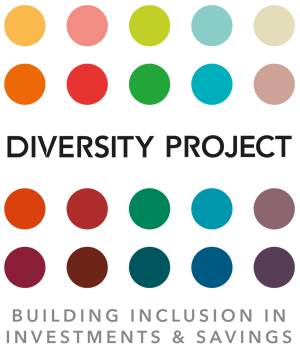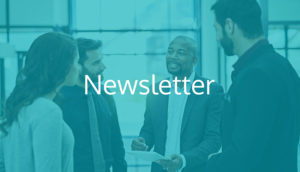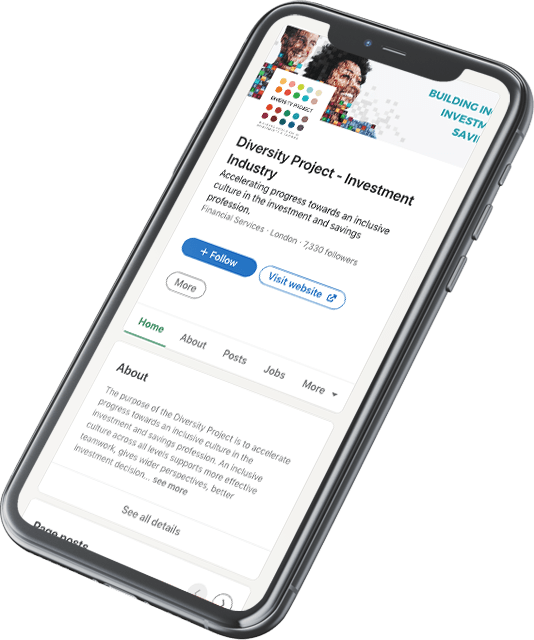In the lead up to the day, I have been reflecting on my experience of an invisible disability. To an outsider I look “normal”, but my experience of the world is anything but.
Growing up with a severe hearing impairment was tough – making friends was awkward, noisy classrooms were difficult to navigate and team sports were hard. Using headphones, watching tv, live music or even listening to the radio in the car could be overwhelming.
In 2021, lip reading in a world of masks and sensory over-stimulation in hybrid working spaces are new challenges I’m having to face.
But tougher than all of that is having to make the invisible, visible. Every time I meet someone new, I have to introduce myself… and my disability. It can feel exhausting, emotional, and even embarrassing at times. In fact, sometimes I try to get away with not telling people for as long as possible (my university flatmates didn’t know for 2 years!)
When I started work, I had this exact fear set in – who do I tell, how do I tell them? Will they think I’m a burden, will they think I’m less capable, will I have access to less opportunities? Will they have the right support in place?
Luckily my fears were quickly absolved when I joined St. James’s Place who not only have an incredible support system in place through their recruitment and people teams, but also had a culture that made me feel safe. I wasn’t scared about disclosing – in fact I felt empowered too. It felt as though suddenly my disability was seen as a strength – my ‘abnormal’ experience was one that could bring unique insight and perspective.
There is still however, much more work to be done in our industry and beyond. This IDPWD I’d love to see firms thinking about how they can create safe spaces for disclosure, put the systems in place to support, challenge perceptions, and celebrate difference.
Resource recommendation: Re-Thinking Disabilities in the Workplace | Chantel Buck | TEDxEustis – YouTube




